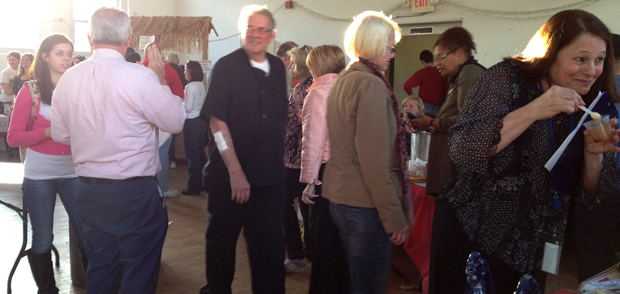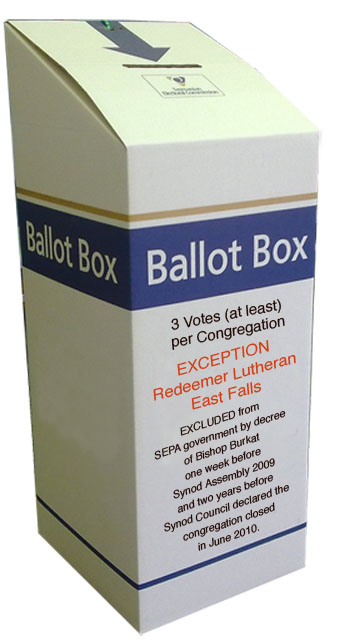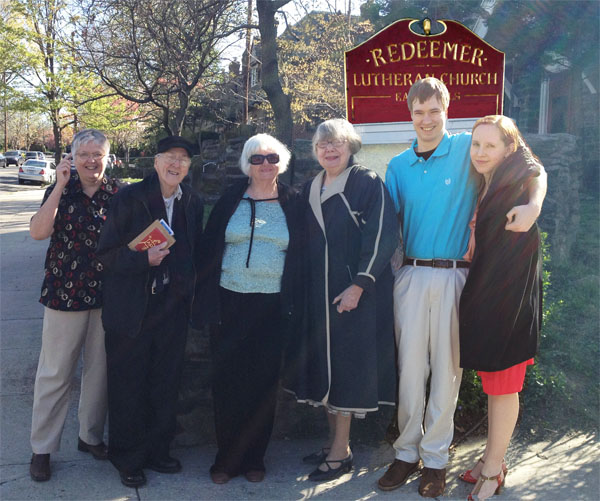 According to today’s Alban Institute’s Roundtable discussion, the Christian Church is not the only religious body to be experiencing economic challenges. Jewish communities of faith are having a tough time, too.
According to today’s Alban Institute’s Roundtable discussion, the Christian Church is not the only religious body to be experiencing economic challenges. Jewish communities of faith are having a tough time, too.
Rabbi Hayim Herring discusses the paid rabbinate as an endangered institutional cornerstone. His discussion may bear well upon Christians.
He points out that up until sometime in the 14th century, the position of rabbi was not compensated. All rabbis were, as Christians say, “tentmakers” — people who earned their living in traditional trades. Tentmaker rabbis produced some of the most cherished teachings of the Jewish faith, he writes.
The Christian church has a similar tradition. Paul was a tentmaker.
In the Christian Church, centuries of power and accumulated wealth, wrenched from the people by feudal fear, became a model for the up and coming religious. Self-sustaining religious communities operated with the funds of their own labors. Various orders and monasteries/convents had their own little hierarchies. But the central, self-focused power, centered much Church teaching on sustaining hierarchy — a legacy which may be behind today’s mission failures.
In early America, born of the Reformation and Enlightenment, the Church also centered on minimally paid clergy, often shared by many worshipping communities. It’s been a long-time since pastors were paid with bounty from parishioners’ farms (which was the same way farmers fed their families), but pastors still talk as if they had personally experienced this long tradition, which in their modern minds is degrading. Their numbers are few.
Paid positions came along with prosperity. It wasn’t until the post-world war economic boom that churches began to fund clergy positions with competitive salaries. They enjoyed a few short halcyon decades under this system and then all the work of the founding church members began to unravel.
As it unravels mission priorities have shifted. We created a model for ministry that we cannot sustain.
The Church began in America with an emphasis on building and supporting community. The emphasis today is on supporting clergy. A congregation that cannot support a clergy position, often compensated at a higher level than the any household in the congregation earns, is endangered.
The Church would like to ignore this reality and blame demographics or find fault with lay commitments. The fact is that the model of a congregation sustaining one professional salary as pastor and several others in compensated auxiliary roles is endangered.
When congregations are endangered, so are the hierarchies they created when times were better.
The Church has become ravenous. Closing churches and keeping the assets “in house” (never a Lutheran requirement—something we thought we had learned from the Reformation) has become a priority. Justifying it legally and morally is problematic but not impossible. It’s been done before in the Church. If we are to learn from our past, we will find that the harsh light of history is not kind to these eras.
It may be time to reprioritize our mission. Focussed on mission, we may be able to find ways to revive community churches—still your best chance of reaching and involving the most people.
This doesn’t mean Churches must die — which by the way affects the economy of the community beyond just the pastor’s salary as we at Redeemer can well attest.
Rabbi Herring asks some good questions about the costs of educating rabbis, the time spent in rabbinical training, continuing education (more important in today’s world) and the actual role and services provided by rabbis. Surely, our seminaries and leaders are having the same discussions.
Time to join the conversation.
Let’s start by thinking of mission first — not salary first.
- What help does your church actually need to fulfill mission? Will one full-time pastor meet that need?
- How can your congregation provide mission muscle with the abilities of the congregation?
- What do we expect of pastoral help?
- What can Christian community accomplish independently of pastoral leadership?
- Are we preparing future pastors for the needs of the Church or to fill existing positions?
- How can we restructure the Church so that the faithful can actually afford it?








